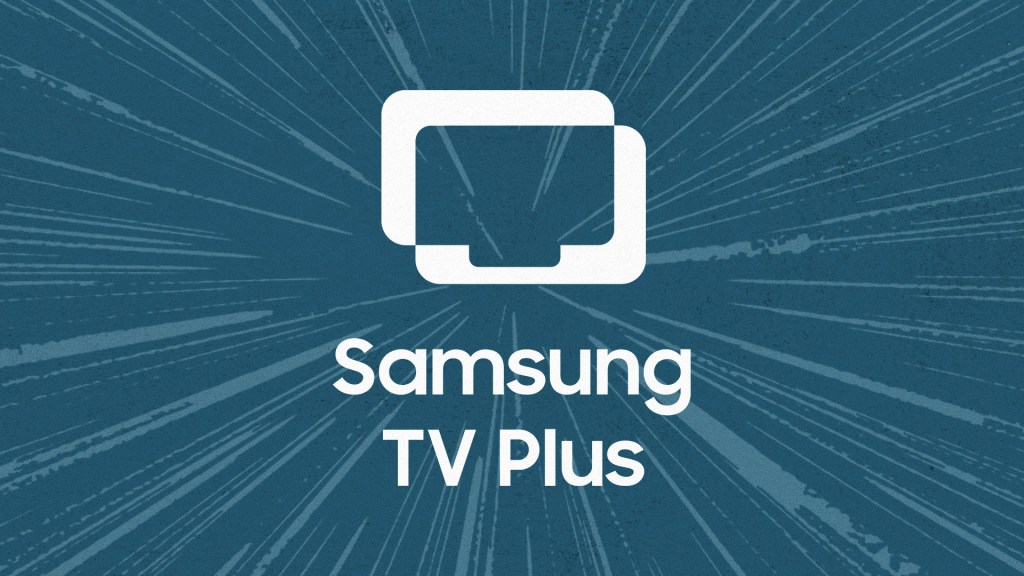Why Netflix’s ‘Grand Theft Auto’ Play Could Pave Road to Gaming Success
It’s been a busy couple of weeks in “Grand Theft Auto” news, so you’d be forgiven for missing (or forgetting) that the hit video game franchise is coming to Netflix, with the mobile version of 2021’s “GTA: The Trilogy” set to roll out next week exclusively for the streamer’s users.
It’s the latest move by Netflix to step up its mobile game offerings, an effort on which the streamer has been toiling away for over two years. Not that most of its users have cared: Per Apptopia data reported by CNBC this year, less than 1% of Netflix subscribers play one of its games on a daily basis.
Yet the “GTA” news — along with other eye-catching licensing deals, such as an iOS version of hit indie game “Hades” — signifies the seriousness of Netflix’s gaming ambitions, as well as how the streamer could potentially succeed.
It’s easy to see why Netflix is trying to expand into games. The sector is incredibly lucrative, with global revenues expected to surpass $300 billion by 2027, per a PwC forecast. SVOD, by contrast, is projected to generate just over a third of those revenues the same year.
With subscription growth unlikely to reach COVID-era levels again — especially once the influx from Netflix’s password-sharing crackdown subsides — the streamer will need more diversified revenue streams to continue pleasing investors in today’s relentlessly growth-focused market. Games present a major new opportunity for Netflix to keep users engaged and, as co-CEO Greg Peters put it on Netflix’s Q3 earnings call, drive “core business metrics in a way which is incremental to movies and series.”
Furthermore, a subscription-based model is only growing more popular in the gaming space. A recent report from Omdia projects such models — including games library subscription services (such as Xbox Game Pass), platform access subscriptions (online gaming platforms such as multiplayer or cloud gaming) and in-game subscriptions — to surpass $22 billion in revenue by 2027.
Library subscription services alone, by Omdia’s forecast, will roughly match PwC’s projected revenues for digital console game sales that year ($11.6 billion versus $11.5 billion, respectively). Netflix, in other words, is playing in a space with significant growth potential (though Netflix Games is not included in Omdia’s forecast, as it is currently offered only alongside SVOD plans).
The main challenge for the moment, then, is growing the scale of Netflix Games, but deals like the “GTA” arrangement point to how the streamer could achieve this.
Netflix has increasingly been licensing acclaimed titles for its platform — e.g., “Kentucky Route Zero,” “Death’s Door,” “Oxenfree” and the aforementioned “Hades” — and “GTA: The Trilogy” will bring one of the most popular gaming properties into its fold (even if “The Trilogy” is hardly one of the most acclaimed “GTA” titles).
The streamer is already working to expand its gaming capabilities to devices beyond mobile, launching a test of cloud gaming functionality earlier this year. “The hope is over time that it just becomes this very natural way to play games wherever you are,” Netflix VP of Gaming Mike Verdu said at a TechCrunch conference last year.
The goal is clearly to turn Netflix into a subscription gaming destination stocked with a library of popular titles and, eventually, some AAA-level original properties — in other words, to do for video games what it did for streaming video.
This, I think, is the streamer’s best bet to succeed in the gaming space, if it can build a robust enough catalog to appeal to gamers and be taken seriously as a gaming brand. Ted Sarandos may boast about the synergy that branded tie-in games can achieve, but Netflix is never going to become a major gaming player through “Too Hot to Handle” mobile games.
There is one major problem with this approach, however. Netflix has built its games platform around a promise of “no extra fees,” which includes a prohibition on in-game purchases — the primary model through which “Grand Theft Auto” games and other major properties make money.
Indeed, of “GTA” developer parent Take-Two Interactive’s total net sales in Q3, a whopping 78% were generated from what is dubbed “recurrent consumer spending,” including virtual currency, add-on content, in-game purchases and in-game advertising, per a company filing. And if Netflix plans on developing more AAA games in-house — and all indications are that it does — it will need the funds in-game spending can provide.
Of course, to surmount this obstacle, all Netflix would need to do is go back on its current policy, something the streamer has had no problem doing lately. The bigger challenge is simply to get consumers to take its gaming efforts seriously, but the roadmap for getting there is becoming clearer.









